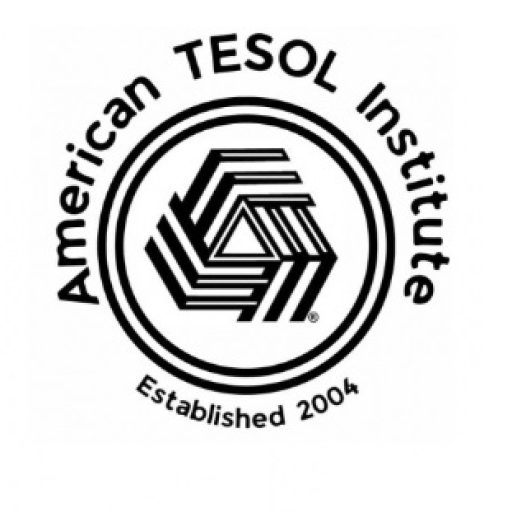Teaching English to Speakers of Other Languages (TESOL) is a dynamic field that constantly evolves as new methodologies, tools, and resources emerge. For educators, staying updated on the latest trends and incorporating them into their teaching practices is essential to ensure student success. This article explores the latest TESOL applications, resources, and articles that can enhance your classroom experience and support English language learners (ELLs) in achieving their goals.
TESOL Applications
- Duolingo for Schools
Link: Duolingo for Schools
Overview: Duolingo for Schools offers teachers a way to track students’ language progress while using Duolingo’s free and gamified platform. It provides a fun, engaging way to reinforce vocabulary, grammar, and language skills outside the classroom. Teachers can assign tasks and monitor progress, making it an excellent tool for homework or supplementary learning.
Best For: Beginner and intermediate learners. - Padlet
Link: Padlet
Overview: Padlet is a versatile, collaborative digital bulletin board where students can share ideas, post assignments, and participate in discussions. In TESOL classrooms, it can be used for group writing projects, brainstorming activities, or vocabulary building. Teachers can organize materials by topic, create interactive assignments, and foster a collaborative environment.
Best For: All levels of learners. - FluentU
Link: FluentU
Overview: FluentU immerses learners in real-world videos like music videos, movie trailers, and news clips, helping them acquire language naturally. The platform also offers interactive subtitles, vocabulary learning, and quizzes, making it an engaging way to improve listening and speaking skills.
Best For: Intermediate and advanced learners. - Nearpod
Link: Nearpod
Overview: Nearpod allows teachers to create interactive presentations that include polls, quizzes, and real-time student responses. In a TESOL classroom, it can be used to deliver lessons that encourage student participation and immediate feedback. Nearpod integrates well with both in-person and remote learning environments.
Best For: All levels, particularly useful for larger classes.
TESOL Resources
- BBC Learning English
Link: BBC Learning English
Overview: This resource offers an extensive collection of free materials, including lessons on vocabulary, pronunciation, grammar, and listening comprehension. BBC Learning English also provides videos and news reports adapted for language learners, making it ideal for integrating current events into your classroom.
Best For: Intermediate and advanced learners. - Teaching English by the British Council
Link: Teaching English
Overview: This is a comprehensive resource hub for TESOL educators, offering lesson plans, articles on teaching strategies, and access to webinars. Teachers can explore a range of topics, from teaching methodologies to classroom management techniques.
Best For: Teachers of all levels. - TESOL International Association
Link: TESOL International
Overview: The TESOL International Association offers an array of professional development resources, including research articles, webinars, and certification programs. This site is invaluable for educators looking to stay informed about the latest trends and innovations in TESOL.
Best For: Professional development for teachers. - Breaking News English
Link: Breaking News English
Overview: Breaking News English provides current news articles at multiple levels of difficulty, complete with vocabulary and comprehension exercises. This resource is excellent for developing reading, listening, and speaking skills, as well as for keeping students engaged with real-world topics.
Best For: Intermediate and advanced learners.
Recent Articles and Research in TESOL
- The Importance of Multimodal Learning in TESOL
Link: TESOL Quarterly – Multimodal Learning
Overview: This article highlights how multimodal learning—using a combination of text, images, audio, and interactive activities—can improve student engagement and comprehension. It discusses practical ways to incorporate multimedia in the classroom and the impact of digital literacy on language learning. - Supporting Multilingual Students in English-Medium Instruction Contexts
Link: British Council Report
Overview: This report addresses the growing need for TESOL educators to support multilingual students in English-medium instruction (EMI) environments. It provides practical strategies for integrating multiple languages in the classroom, thereby fostering a more inclusive learning environment. - Using Gamification to Motivate Language Learners
Link: TESOL International
Overview: This article explores how incorporating game elements, such as rewards, competition, and progress tracking, can increase student motivation and engagement in language learning. It includes examples of gamified TESOL activities and platforms that can be implemented in the classroom. - Adapting TESOL for Online and Hybrid Classrooms
Link: TESOL Blog – Hybrid Classrooms
Overview: This blog post discusses the challenges and opportunities of teaching English in online and hybrid classrooms. It provides practical tips on how to design interactive and engaging lessons for remote learners, as well as how to leverage technology to support students’ language development.
Conclusion
The rapid advancement of technology has expanded the tools and resources available to TESOL educators, providing new ways to enhance the learning experience for English language learners. By incorporating the latest applications, utilizing a range of digital resources, and staying informed through current research and articles, TESOL professionals can continue to innovate and adapt their teaching methods to meet the diverse needs of their students. Whether you’re teaching in person, remotely, or in a hybrid setting, these resources will help you create engaging, effective, and dynamic language lessons.


